Description
MOTOROLA CYCLING TEAM
William Fotheringham
July 21, 2022 – prendas.co.uk
 The Motorola Cycling Team, with Sean Yates setting the pace, during the 64km team time trial from Mayenne to Alençon during the 1995 Tour de France. Photo: Fotoreporter Sirotti.
The Motorola Cycling Team, with Sean Yates setting the pace, during the 64km team time trial from Mayenne to Alençon during the 1995 Tour de France. Photo: Fotoreporter Sirotti.
In William Fotheringham’s latest blog, learn about Jim Ochowicz’s Motorola cycling team. Not only did they bring race radios to the peloton, but they also featured a core of English-speaking riders, including Phil Anderson, Sean Yates, Steve Bauer, Andy Hampsten, Frankie Andreu, George Hincapie, and Lance Armstrong.
October 19, 1990, the day before the Giro di Lombardia starts in a grim industrial estate on the outskirts of the town of Monza. Jim Ochowicz of the 7-Eleven team welcomes the cycling media to a brief press conference. Since the announcement in July that the US convenience store chain is to pull out of sponsoring the leading US professional team, speculation has been rife that the team that backs Andy Hampsten, Steve Bauer and Sean Yates will disappear, in spite of a stellar Tour de France in which Bauer spent close on half the race in the yellow jersey.
With Och’ is Sheila Griffin, the worldwide advertising director for Motorola. Together the pair announce a fresh deal for Och’s team: the only Anglophone team in the peloton is safe. Two things weren’t apparent at the time, however. First, only Ochowicz and Griffin and a few insiders knew quite how close-run this had been. Motorola had been suggested to Och’ by an old racing buddy who was a friend of Griffin’s partner; with the team on the point of releasing its riders, the two-million-dollar deal had been cooked up in a mere 19 days, which was lightning fast for the corporate world.
More significantly, Motorola took cycling in a new direction. In 1990, mobile phones were rapidly coming into their own, making a high-speed transition from the “bricks” which had been on the market a year earlier into the small, snappy devices that became ubiquitous in a few years. So here was a cutting-edge high-tech sponsor.

The team rode these wonderfully coloured red, white and blue Eddy Merckx Corsa Extra framesets (which fetch a high price on eBay these days) and they used Shimano Dura Ace components when most teams still used Campagnolo. In the later years – they rode Caloi frames – which meant Alex Merckx never rode on an Eddy Merckx badged bike. Photo: Fotoreporter Sirotti.
And the jersey? Well, it wasn’t along the radical lines of Z Vêtements or La Vie Claire, and it didn’t reflect the sponsor in the manner of Castorama’s “overalls” or the Carrera Jeans’ denim shorts. It was blue with red stripes, and it was utterly conventional and tasteful. One to remember with affection and zero controversy
Motorola’s radicalism was expressed in other areas. Ochowicz did something that is now second nature for WorldTour teams, outside France, at least: although the core remained the group that had performed so well at 7-Eleven, he recruited riders from every market in which the sponsor had an interest. The best signing for 1991 was Phil Anderson, then close to the end of a distinguished career that had included two spells in the yellow jersey at the Tour de France.

Phil Anderson (Motorola Cycling Team) in action at the Trofeo Laigueglia in 1994. At this early season race, it looks like the mechanic’s toolbox was raided, with his sissors being used to turn Anderson’s non-breathable race cape into a gilet! Photo: Fotoreporter Sirotti.
The director dictates how a team is run – things here are a bit more human than some of the organisations I’ve ridden for. I think Och realises we are not machines. We discuss things very openly – everybody knows exactly where they stand.
Phil Anderson in Winning Magazine.
Anderson gave the team the Tour de France stage win that was the minimum required by the sponsor, outsprinting the break at Quimper. Here too was a subtle difference: whatever else the team might win through the year, the reality was that one race mattered: the Tour, because of the worldwide exposure and the US backer. This is now universally the case across pro teams; back then it was relatively new. Hence the relief when in 1994 Sean Yates snatched a single day in the yellow jersey.
Reflecting the fact that cycling was moving into a more corporate world, Och hired a press officer, the late Paul Sherwen. This was relatively novel for cycling, and it was a masterstroke, as the former FIAT and La Redoute pro not merely fronted English-speaking television commentary at the Tour de France, he was also hugely respected by the riders and media alike. There were headline-grabbing gimmicks like Steve Bauer’s insanely angled “Stealth Bike” at Paris-Roubaix, and far more durably, Motorola used their comms technology to bring in the now ubiquitous helmet radios.

Steve Bauer (Motorola Cycling Team) before Paris Roubaix with his unusual and ultimately unsuccessful customized Stealth Bike. Photo: Fotoreporter Sirotti.
1992 saw perhaps Motorola’s finest moment when 7-Eleven stalwart Andy Hampsten took the Tour stage win at l’Alpe d’Huez. And at the San Sebastian Classic, Och’ and Sherwen revealed a new signing: a brash, hulking former triathlete with a bad-ass attitude worthy of Bernard Hinault. Lance Armstrong was to be the team’s focus for the next four years; it was Armstrong who persuaded Yates to keep postponing retirement, season after season.
It was Armstrong who took a dramatic stage win in the 1993 Tour at Verdun, while the Colombian Alvaro Mejia spearheaded the overall challenge; it was Armstrong who took an even more dramatic world title in the wet and cold of Oslo that year, and it was the Texan who won Motorola’s final Tour stage in 1995 at Limoges, one with a truly poignant note to it, as it came a few days after the death of his teammate Fabio Casartelli.

Motorola cycling team postcard from the 1992 season featuring some nifty corporate chinos!
It was Motorola who had led a slow-moving cortege of riders through the Pyrenees as the peloton marked the loss of one of their own, and it was the team’s riders who had led the race into Pau that day. By the time Motorola pulled out at the end of 1996, having got their money’s worth, Armstrong himself was facing an uncertain future, having been diagnosed with cancer, but various elements of Motorola – staff, vehicles – transferred to the US Postal Service team when they made the transition from a mainly US to a European program in 1997.
And there, obviously, begins a whole different story…

Yes, yes, yes. It is Lance Armstrong. This was taken on the stage from Aime to L’Alpe d’Huez, days before Armstrong took one of his most memorable victories into Limoges that served as a fitting tribute to his fallen teammate Fabio Casartelli. Forget the Tour wins, forget the wet roads in Oslo, his performance that day was truly breathtaking. Photo: Fotoreporter Sirotti.
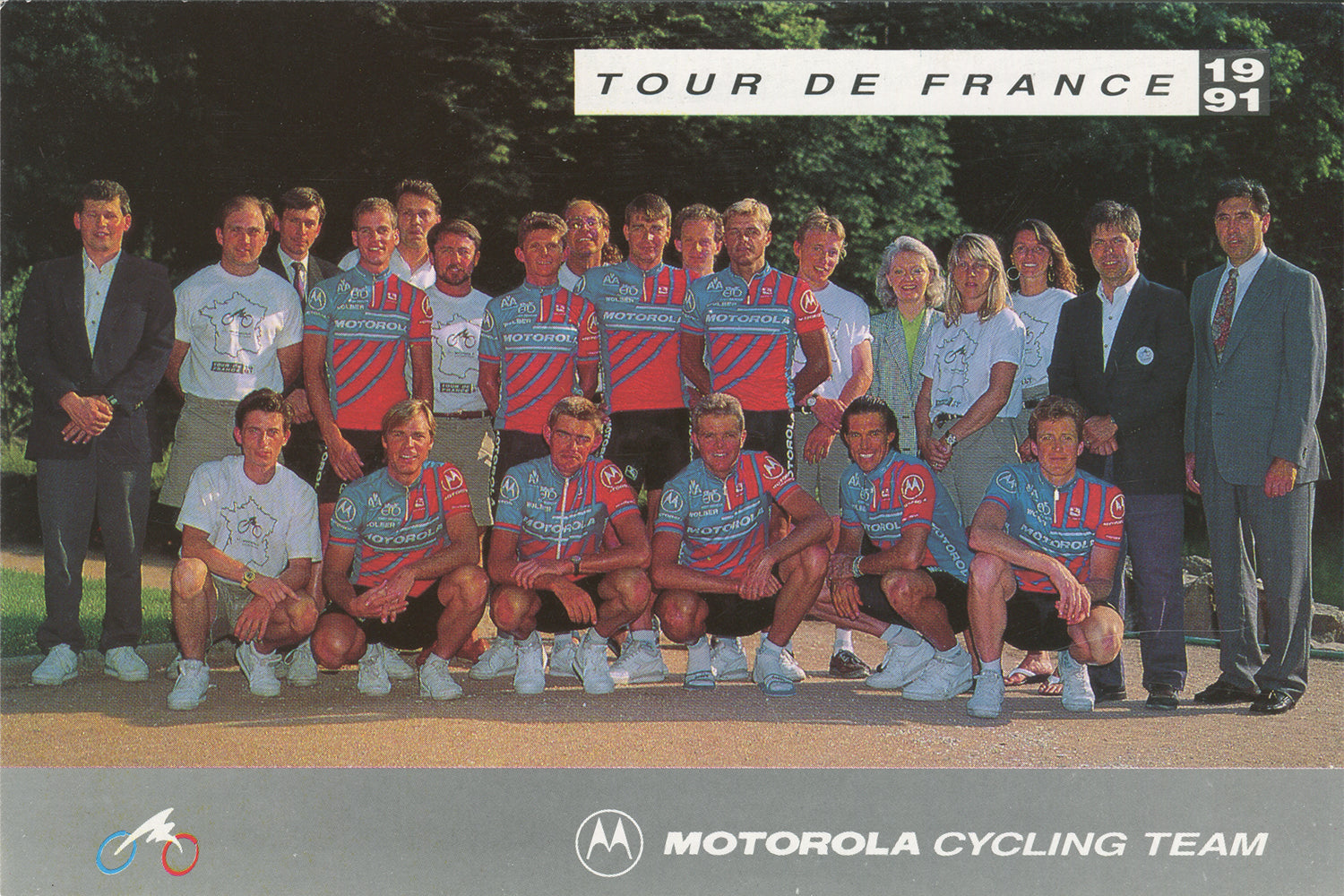
A Motorola cycling team postcard specifically made for the 1991 Tour de France, including the team’s bike sponsor Eddy Merckx.
Read the entire article here: prendas.co.uk
Can’t get enough? More fascinating Team Motorola History –
A Look Back on Motorola’s Cycling History by Whit Yost, Jan 8, 2016 on bicycling.com
Motorola, the Team that kept US Pro Racing Alive, Nov 14, 2019, cycling.co.uk
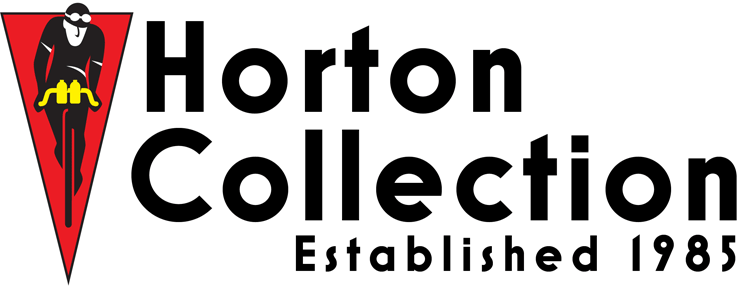

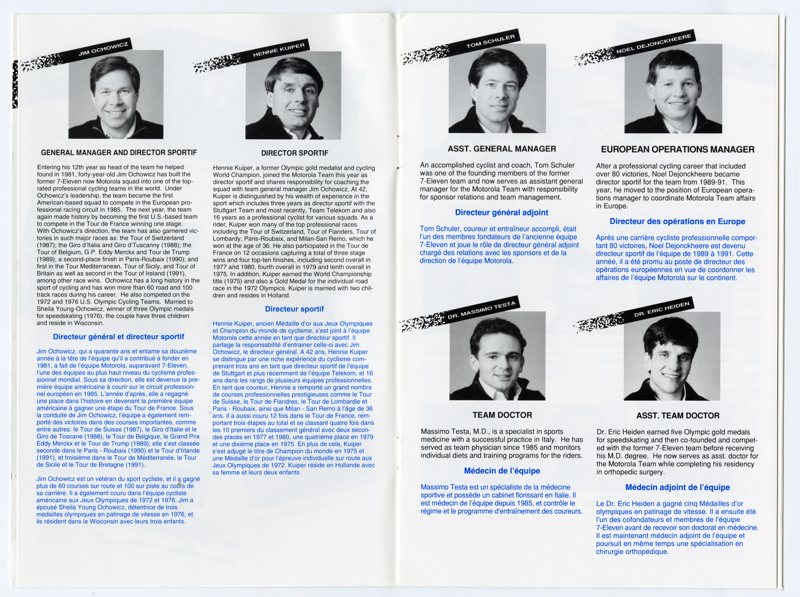
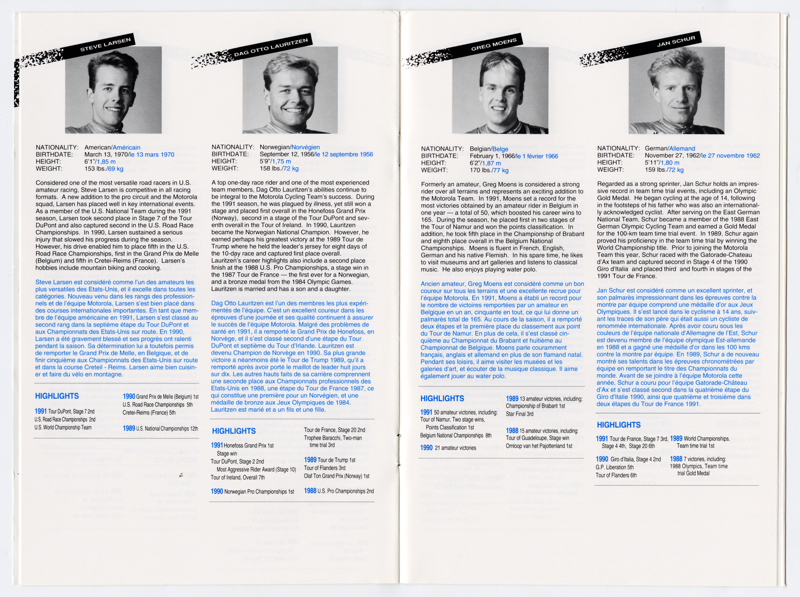
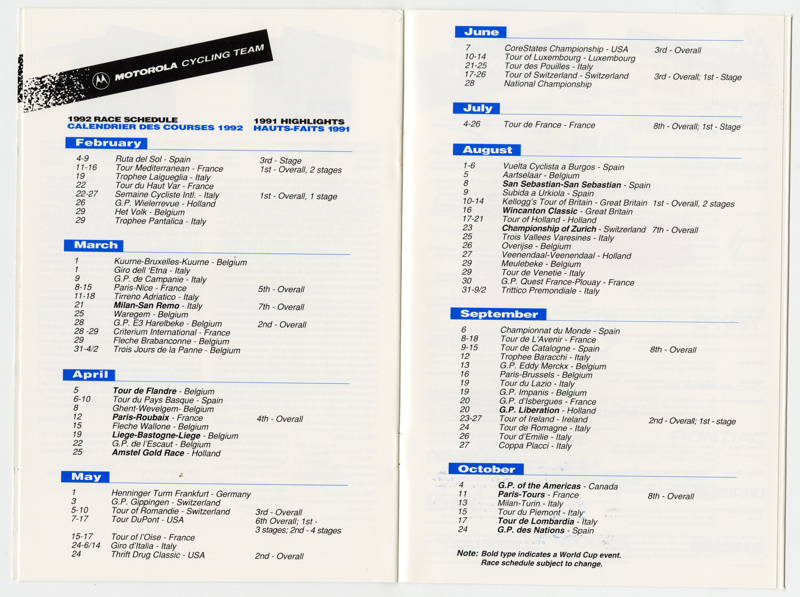
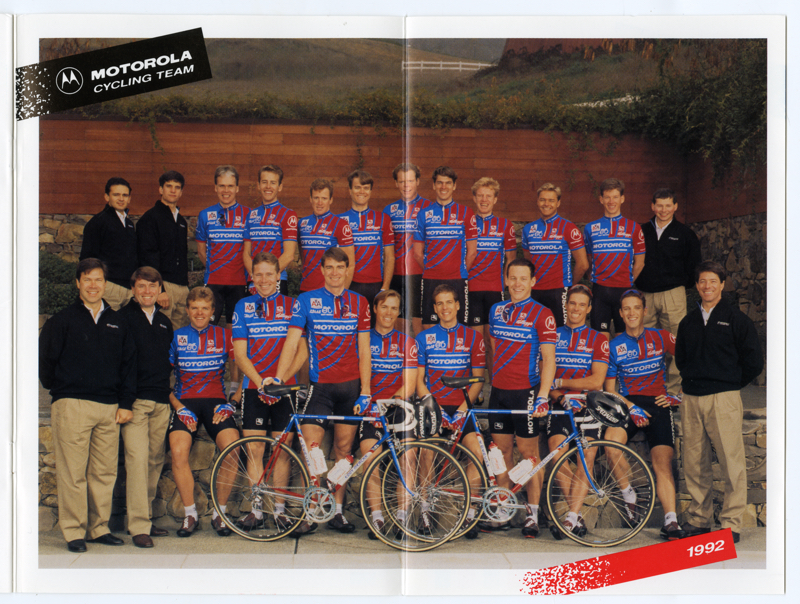
 The Motorola Cycling Team, with Sean Yates setting the pace, during the 64km team time trial from Mayenne to Alençon during the 1995 Tour de France. Photo:
The Motorola Cycling Team, with Sean Yates setting the pace, during the 64km team time trial from Mayenne to Alençon during the 1995 Tour de France. Photo: 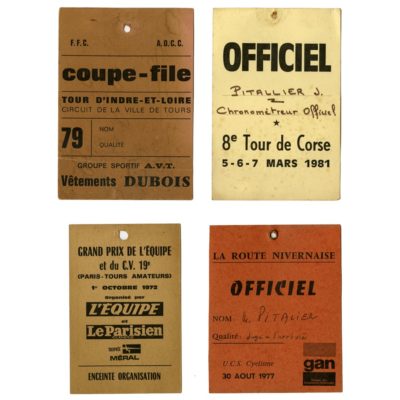
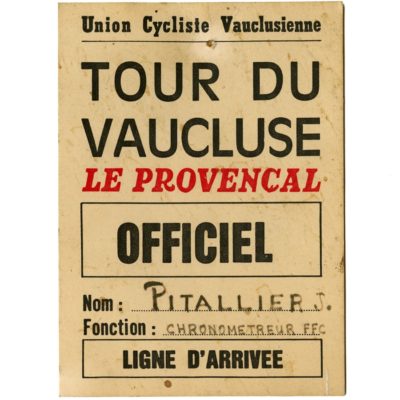
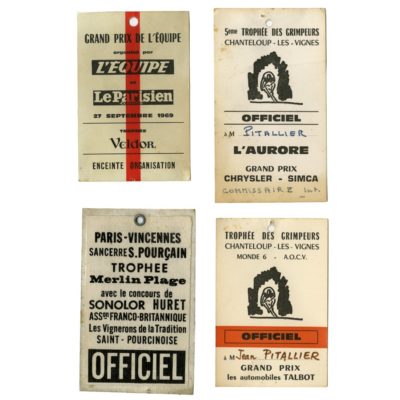
Recent Comments